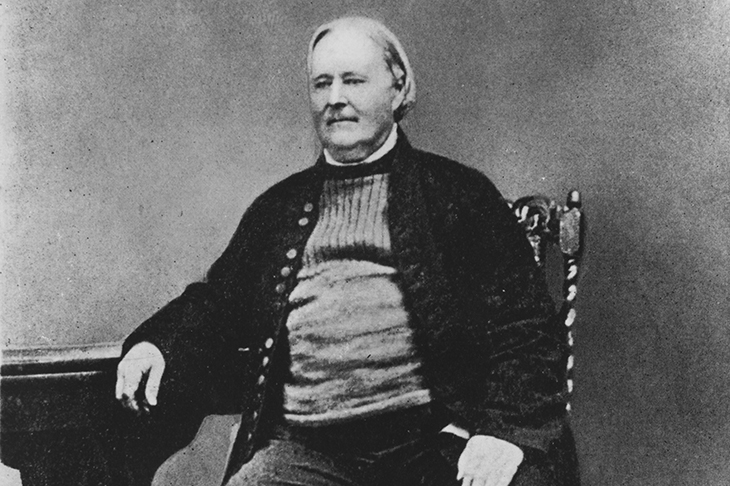The first time I encountered Morwenstowe on Cornwall’s north coast I was alone. It was early spring and the church wore a fresh skirt of primroses. As I crossed the stone stile next to the lych-gate, the churchyard inclining before me, I glimpsed beyond the sturdy grey church tower a triangle of greenish blue, a patch of sea tantalisingly held between the sides of the combe. The faint but undying roar of the Atlantic rolled in across the pastureland. Here was a scene of raw beauty preserved by isolation, a fortuitous harmony of landscape, architecture and perspective where something of the spiritual, the poetic undeniably lingered. Now in early autumn I return, greeted by rooks loitering by the gate like bored pall-bearers.
The name Morwenstowe breathes history; ‘stowe’ is old English for ‘meeting place’ and Morwenna — meaning fittingly ‘waves of the sea’ — was a Welsh saint who settled here in the 6th century.

Get Britain's best politics newsletters
Register to get The Spectator's insight and opinion straight to your inbox. You can then read two free articles each week.
Already a subscriber? Log in







Comments
Join the debate for just £1 a month
Be part of the conversation with other Spectator readers by getting your first three months for £3.
UNLOCK ACCESS Just £1 a monthAlready a subscriber? Log in